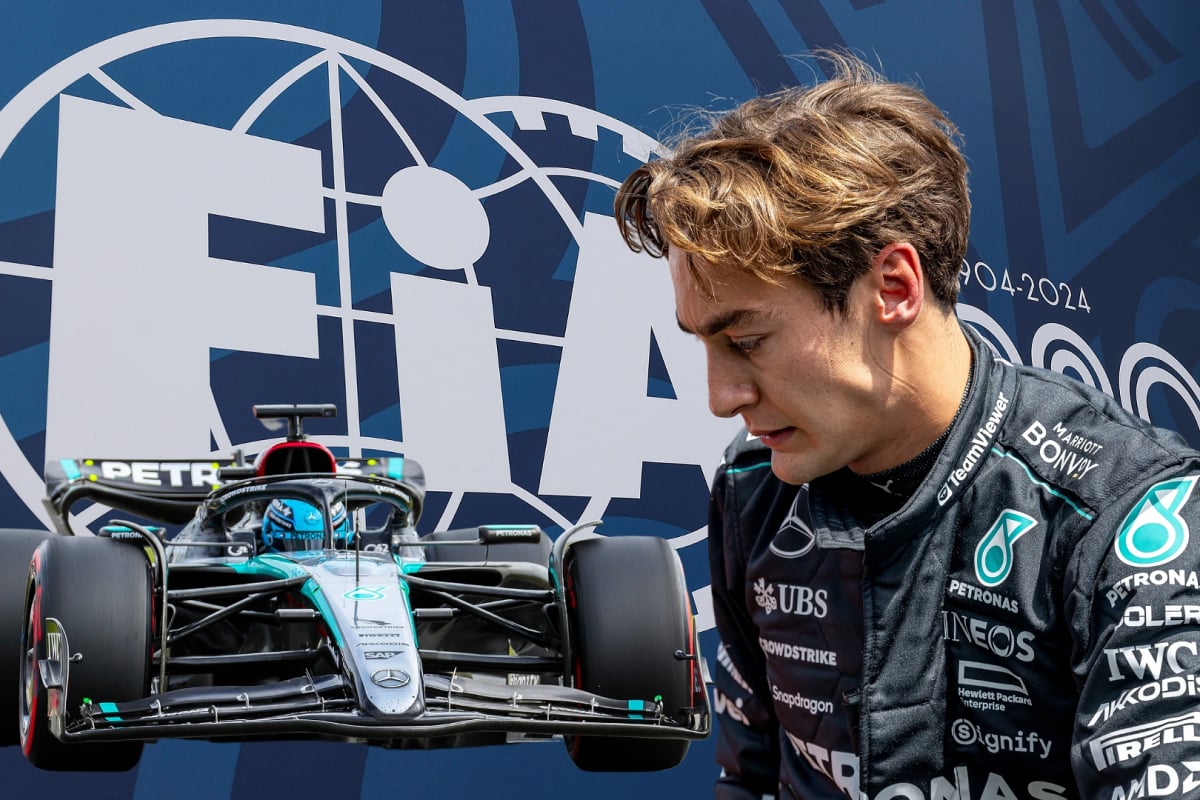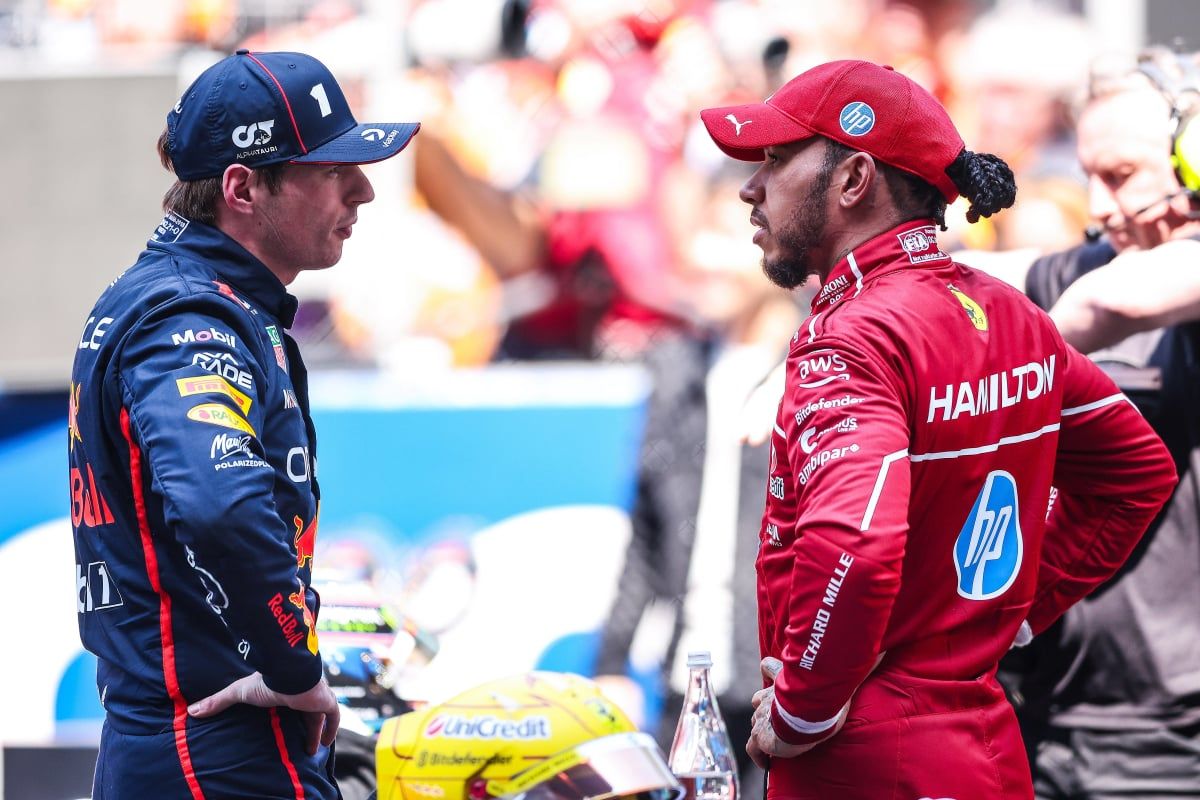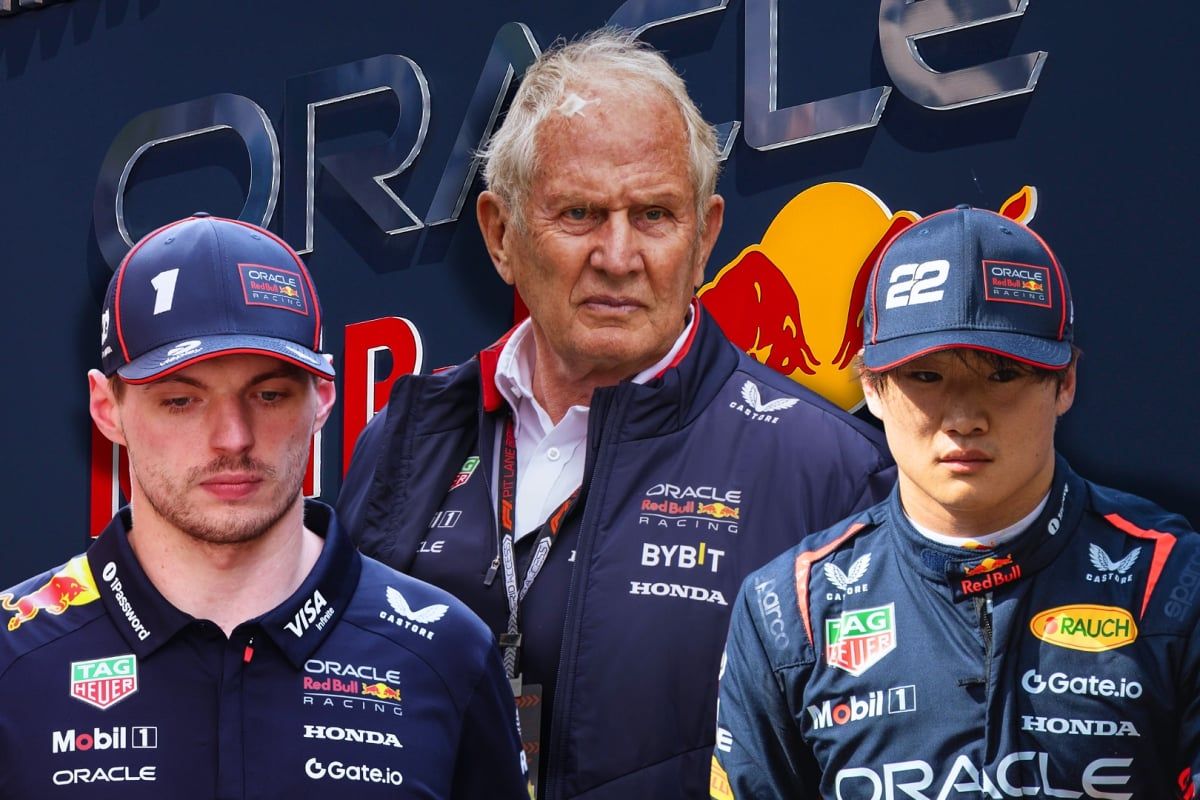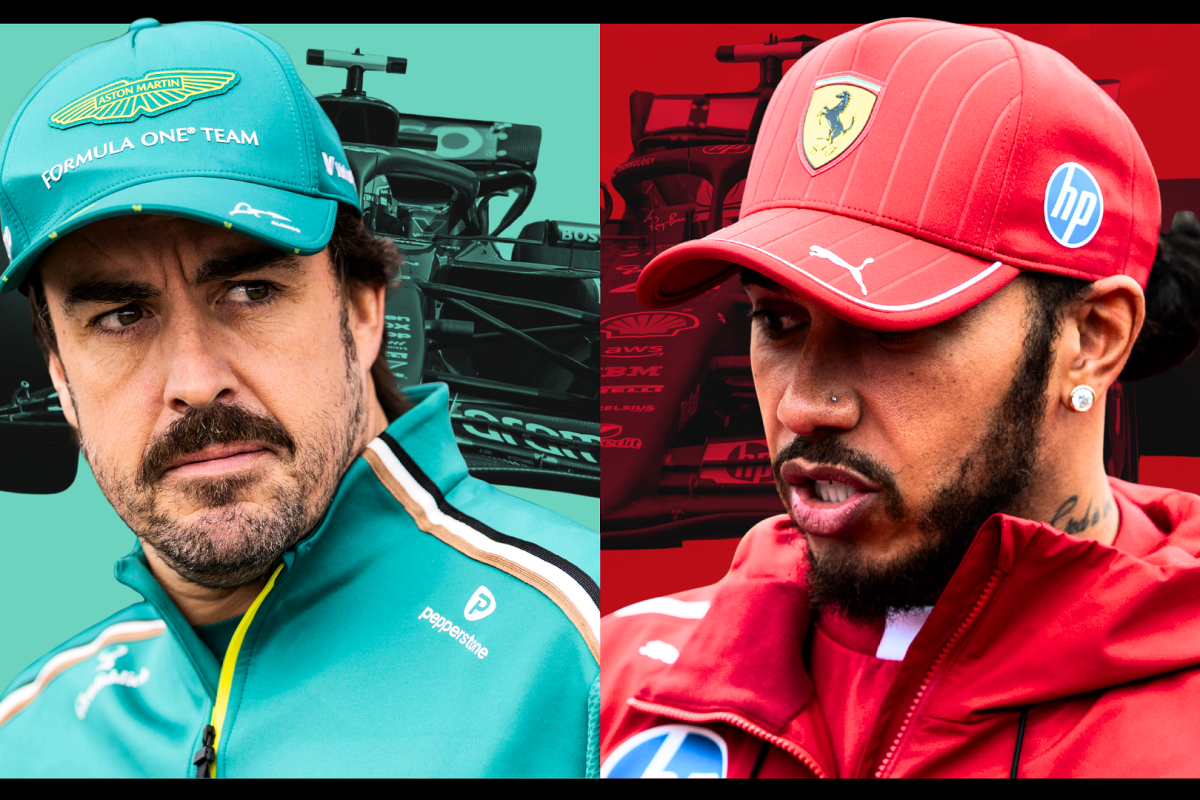BREAKING: Red Bull Reportedly Lodged A Protest Against Ge..Read more
Red Bull Lodges Protest Over Russell’s Yellow‑Flag Compliance in Canadian Grand Prix
Red Bull Racing officially lodged a protest against Mercedes driver George Russell following his victory at the Canadian Grand Prix. The team alleged that Russell failed to sufficiently slow down under yellow flag conditions—a potential rule breach that, if upheld, might have altered the final race standings, potentially promoting Max Verstappen.
The Incident
On lap 33, Sauber’s Gabriel Bortoleto came to a halt on track, prompting a Virtual Safety Car (VSC) and the display of yellow flags. During this period, Russell pitted and emerged ahead of Verstappen. Red Bull argued that although telemetry showed a throttle lift, Russell’s speed didn’t drop enough to meet the FIA’s requirement for a “discernible reduction in speed” under yellow flag conditions.
Verstappen, over team radio, raised suspicions: “Check if George lifted—it was yellow,” which triggered Red Bull’s formal protest shortly after the race.
Mercedes Defence & FIA Response
Mercedes defended Russell’s actions, presenting telemetry data that showed he reduced throttle by about 25%, leading to a torque drop of approximately 30%. The team maintained that this throttle lift was consistent with accepted protocol under yellow flags.
Stewards’ Verdict
Following a detailed review of telemetry and onboard footage, FIA stewards ruled that Russell did slow relative to his racing speed, which meets the requirements of yellow flag compliance. While his absolute speed rose slightly—due to downhill momentum—the rule focuses on relative speed reduction, not raw numbers.
The stewards dismissed the protest as “unfounded,” allowing Russell to retain his win. Verstappen remained in third place.
Implications
The ruling clarifies that throttle lift and relative speed reduction are sufficient under yellow flags—an important precedent as teams continue to exploit margins during VSC and safety car phases.




